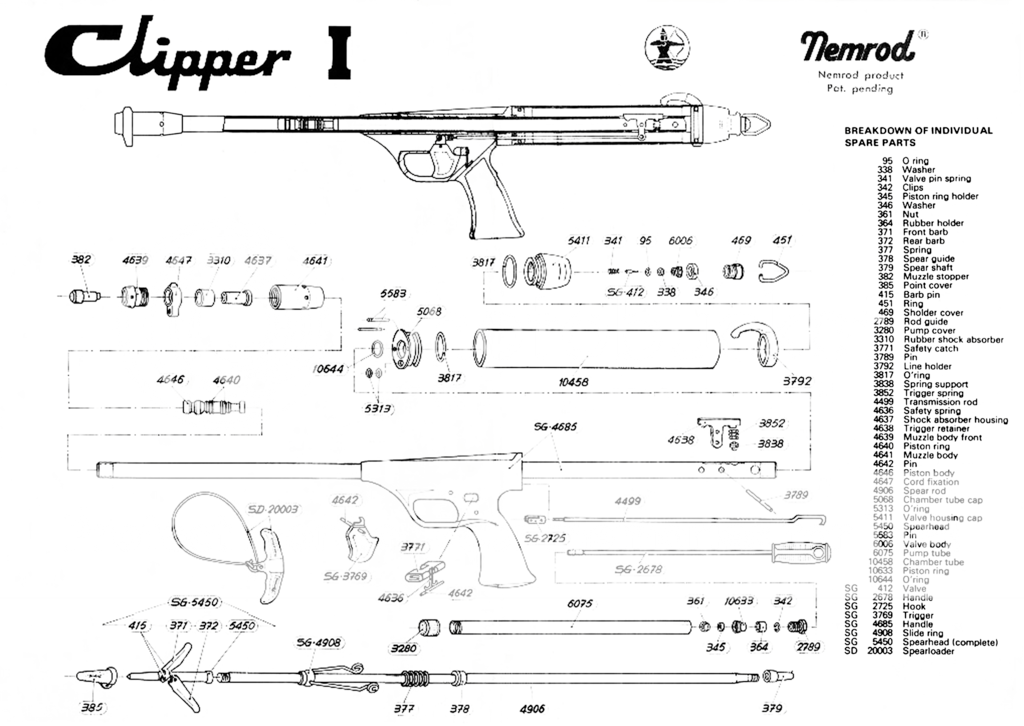Hi Pete
Many thanks for your detailed reply... while I'm inclined to agree with you about leaving certain vintage parts complete (I also restore old pressure kero lanterns and stoves) but in this case all the seals are shot and there was some rust on internal metal parts that needed attention. So a total strip, clean and rebuild is required.
The hot water technique certainly helped but still did not free things up till I used a butane torch applied very sparingly to heat it above 100C then quickly applied a mix of acetone and light oil to try and seep into the join between the outside of the cylindrical barrel and seal carrier block. I was creful to not get any of this mix onto the plastic handle. In the end this worked in conjunction with a couple of sharp taps from behind using a wooden rod fed up inside the cylinder... the o-ring had become dry and welded itself to the cylinder, but luckily no white corrosion like I was expecting. All good so far...
However I have now struck a new problem... I cannot remove the trigger rod from the sear block after removing the axis rod, return spring and seat. No amount of jiggling and repostioning the sear in the barrel will let the hooked end of the trigger rod unhook.
Stumped...
Is there a special technique involved?!
Many thanks for your detailed reply... while I'm inclined to agree with you about leaving certain vintage parts complete (I also restore old pressure kero lanterns and stoves) but in this case all the seals are shot and there was some rust on internal metal parts that needed attention. So a total strip, clean and rebuild is required.
The hot water technique certainly helped but still did not free things up till I used a butane torch applied very sparingly to heat it above 100C then quickly applied a mix of acetone and light oil to try and seep into the join between the outside of the cylindrical barrel and seal carrier block. I was creful to not get any of this mix onto the plastic handle. In the end this worked in conjunction with a couple of sharp taps from behind using a wooden rod fed up inside the cylinder... the o-ring had become dry and welded itself to the cylinder, but luckily no white corrosion like I was expecting. All good so far...
However I have now struck a new problem... I cannot remove the trigger rod from the sear block after removing the axis rod, return spring and seat. No amount of jiggling and repostioning the sear in the barrel will let the hooked end of the trigger rod unhook.
Stumped...
Is there a special technique involved?!



